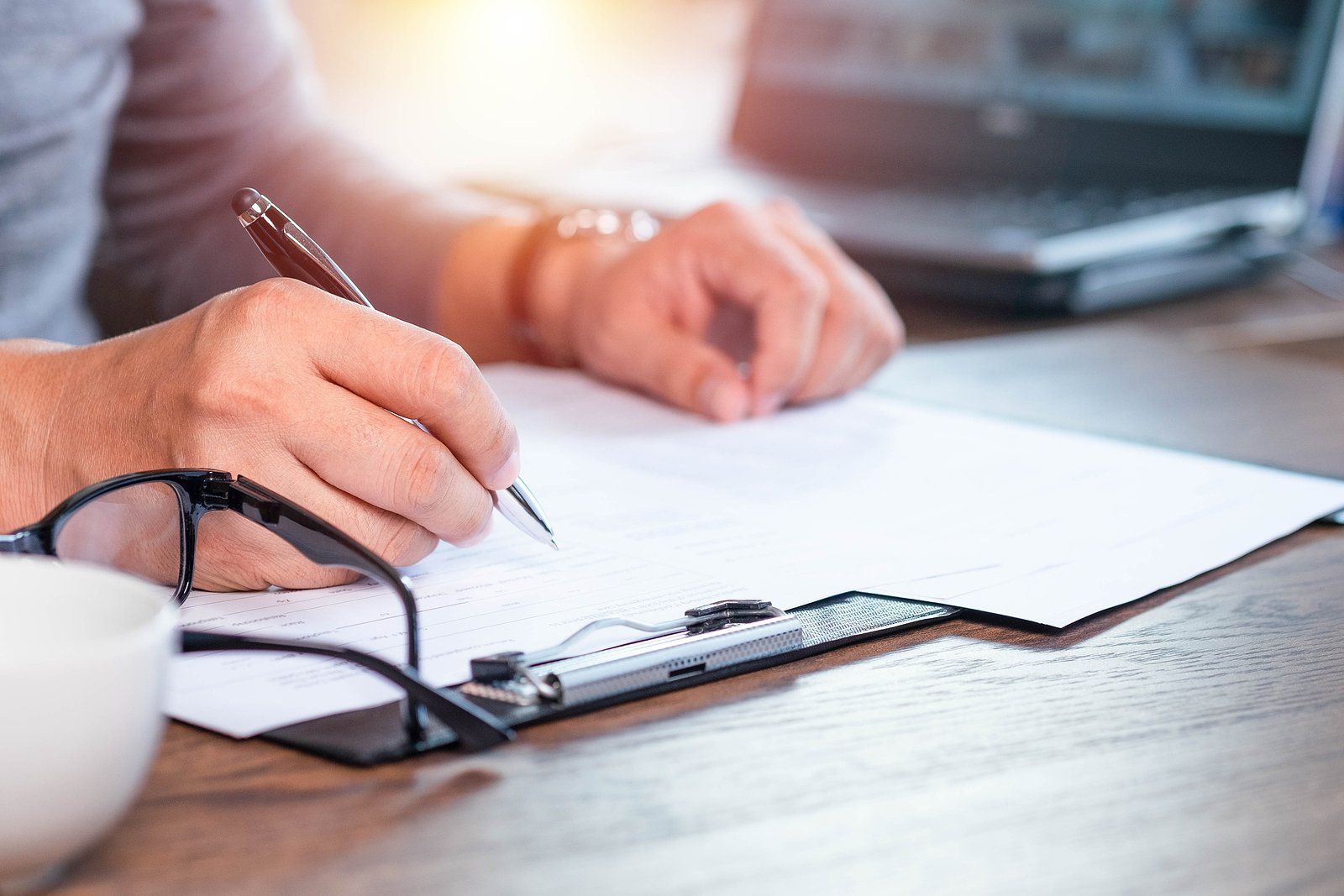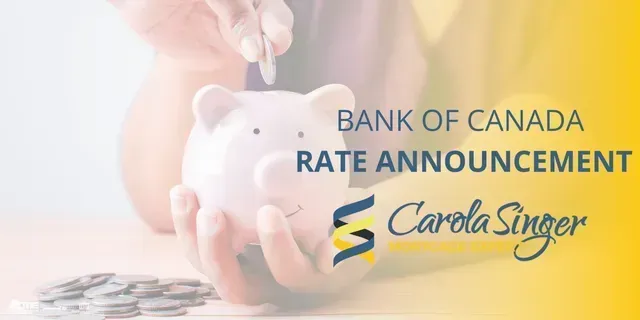What Is a Trigger Rate and Do You Need To Worry About It?

This is going to be the last time we’re talking about interest rates and mortgages this year. And if we’re happy about it, you’re likely ecstatic.
So, let’s get to today’s topic: what is a trigger rate and do you need to worry about it?
Brief Recap of Variable Rate Mortgages
We’ve covered this previously, but just so we’re all starting from the same page.
A variable rate mortgage means your interest rate is dependent on the Prime rate. Prime rate is the interest rate used by your lender or bank when lending to clients and is related to the Bank of Canada’s overnight lending rate.
When Bank of Canada rates go up, Prime Rates go up, and the interest you pay on your variable-rate mortgage also goes up. This interest payment can be paid in two ways:
- Static Variable Rate Mortgage: Your monthly payment remains the same, but more of that payment goes towards interest.
- Adjustable Rate Mortgage: Your monthly payment will increase when there is an increase in rates. Your principal payment will remain the same.
That was the shortest explanation of those two products we’ve ever done…might have to stick to that format.
Trigger Rates with Static Variable Rate Mortgage
The trigger rate is something that impacts static variable-rate mortgage holders. It’s the point at which your regular payment is no longer paying any principal; you’re just paying interest.
Definitely a ‘triggering’ situation.
When you reach this trigger rate, there’s an increase in the balance owed on your mortgage. This is because your payment is no longer enough to cover the cost of borrowing.
Any amount still owing is deferred interest to be paid at a later date.
But if you’re asking, “well, what is my trigger rate?” you’re going to have to give your trusted mortgage broker a call. Your trigger rate will be different from your neighbour’s, your cousin twice removed, and your niece who just bought her first house.
What Do You Do If You’ve Reached Your Trigger Rate?
According to a report by the Bank of Canada, “roughly half of all mortgage holders with static-payment variable-rate mortgages have already reached their trigger rate.”
Simply, you could leave your payment the way that it is, making interest-only payments until rates decrease.
But, we don’t recommend that.
You don’t want to be owing more on your mortgage, which will demand a higher interest payment down the road, even if (and when) rates come down. When this happens, you actually start to go backward on your amortization.
This is called ‘negative amortization’ and means that the principal payments are negative. Your mortgage balance increases each month in order to cover the interest cost.
Talk with your mortgage broker about how you can increase your monthly payment or change your payment schedule to make it more manageable.
Because you’re a variable-rate holder, it’s easier to break your mortgage if you need to refinance or move to a fixed-rate mortgage.
And don’t wait until you think rates will go down.
Rates are unpredictable to even those who make it their job to predict them. Reach out to a mortgage broker now if you’re coming up to your trigger rate.
We Have To Mention Trigger Point
Not to add more mud to the muddy waters, but alongside the trigger rate, there’s a trigger point.
A trigger point is when the balance on your mortgage is back at or exceeds the amount you borrowed when you first got your mortgage.
This could also be described as a percentage of your home’s value. For example, if your mortgage balance is over 100% of your home’s value, you’re at your trigger point.
Most lenders in Canada will use a trigger point of when the principal amount plus interest owing exceeds 80% of the fair market value.
When you reach this point, it’s going to trigger an action (see what we did there?)
Your lender is going to ask that you either increase your monthly payment, make a lump-sum payment, convert to a fixed rate or refinance to extend your amortization.
If you have any questions, please connect with me anytime!
This article was originally published on the Quantis Mortgage Solutions Website here.





